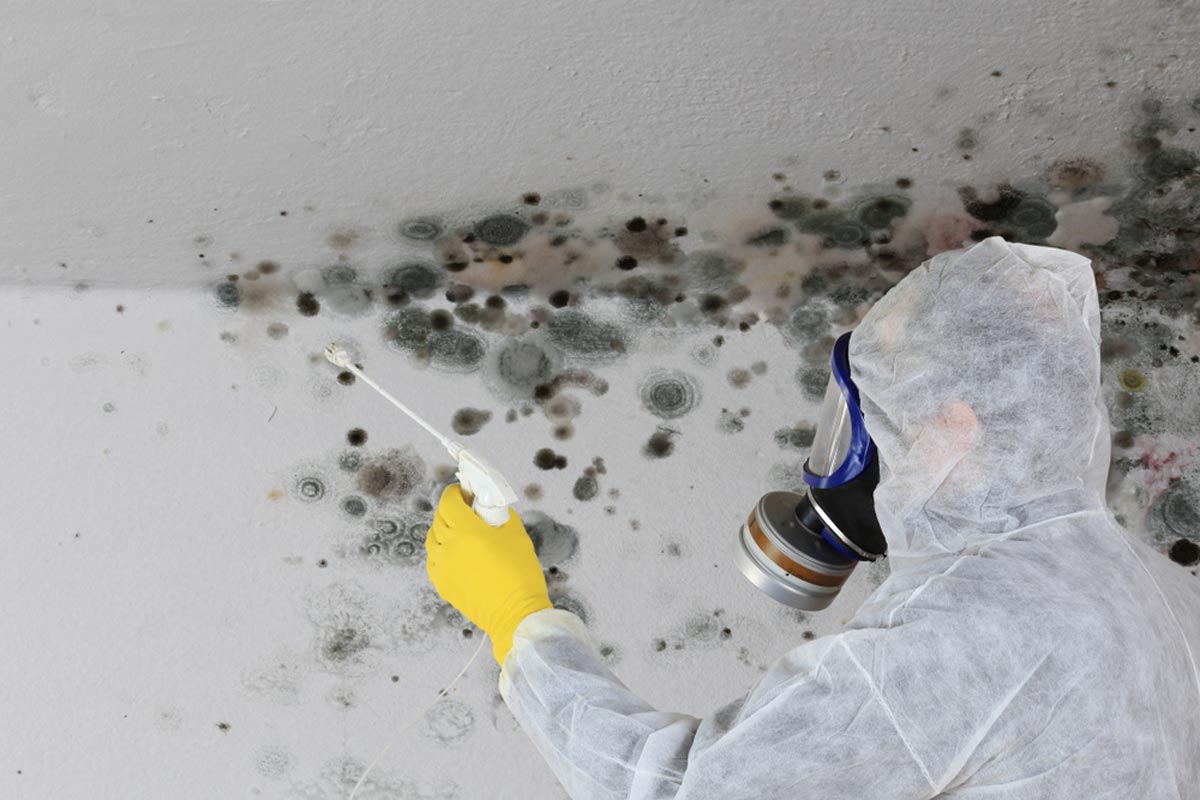So, you’ve found mold in your home—ugh! Now you’re probably wondering: How much is this going to cost me? Let’s break it down together so you know what to expect (and how to save some cash along the way).
What Impacts Mold Remediation Prices?
Mold removal isn’t a one-size-fits-all situation. Here’s what really affects what you’ll end up paying:
– How much mold there is: A tiny patch is easier (and cheaper) than a whole wall covered in the stuff.
– Where it’s hiding: Mold behind walls or in the attic means more work.
– What’s affected: Porous stuff like carpet or drywall is harder to clean than tile or metal.
– The method used: Some situations just need a good scrub; others require specialized tools or chemicals.
– Access issues: Can the pros get to it easily? Or does your ceiling need to come down?
Pro tip: The sooner you catch it, the less you’ll pay! If you need fast help, check out emergency mold removal Minneapolis for immediate assistance.

Typical Costs for Small Mold Jobs
If you’ve got a small spot of mold (think: bathroom ceiling or a bit behind the fridge), here’s what you might pay:
Basic Cleaning
– DIY Supplies: $20–$100 (bleach, mold remover, gloves)
– Professional Cleaning: $500–$2,000
– Includes inspection, cleaning with special solutions, and making sure it doesn’t come right back.
Replacing Stuff
If the mold’s gotten into drywall or carpet, you might have to toss and replace those materials.
– Material Replacement: $200–$2,000 (depends on what needs replacing and how much)
Should You DIY or Hire a Pro?
Let’s be real—not everyone should tackle mold themselves. Here’s how to decide:
DIY is OK if:
– The area is less than 10 square feet.
– You’re not dealing with nasty black mold.
– You have the right safety gear (mask, gloves, goggles).
Professional Help is Better if:
– The mold covers a large area.
– It keeps coming back.
– You have allergies, asthma, or other health concerns.
– You want it done right (and safely).
What If the Mold Problem Is Bigger?
If you’ve got a mold issue that’s spread through walls, floors, or ceilings, expect higher costs:
– Moderate to Extensive Remediation: $2,000–$6,000 (or even more if it’s really bad)
– Requires careful inspection, possible demolition, special equipment (think: HEPA vacuums), and sometimes even rebuilding parts of your house.
Steps Pros Take:
- Find all the mold—even the hidden stuff.
- Contain the area so spores don’t spread.
- Remove or treat contaminated materials.
- Fix the underlying moisture problem.
- Restore or replace damaged parts.
Does the Type of Mold Matter?
Short answer: Yes!
– Black mold (Stachybotrys chartarum): Costs more to remove because it’s toxic and requires extra precautions.
– Other molds (like Aspergillus): Usually cheaper, unless there’s a lot of it.
Testing for mold type: Sometimes needed, usually adds $200–$600 to your bill.
How Your Home’s Layout Affects Pricing
Some places are just harder to reach:
– Behind walls or ceilings
– Crawl spaces
– Attics
The harder it is to reach, the more it’ll cost. Plus, if you live somewhere with strict environmental rules, expect to pay for proper disposal and containment.
Don’t Forget: Structural Repairs
Sometimes mold damages more than just surface stuff. If it’s gotten into the structure (like support beams or framing), repairs can really add up.
– Structural Repairs: $500–$10,000+
– Depends on how much needs fixing and how urgent it is.
DIY vs. Professional Services: Which Is Cheaper in the Long Run?
DIY Pros:
– Lower upfront cost (supplies: $20–$100)
– Good for very small, visible patches
DIY Cons:
– Can miss hidden mold
– Safety risks (breathing in spores, spreading mold)
– May end up costing more if the mold comes back
Professional Pros:
– Thorough, safe, and meets industry standards
– Can handle big or hidden problems
– Less likely to need repeat treatments
Professional Cons:
– Higher upfront cost ($500–$6,000+)
Bottom line: DIY is okay for small jobs, but pros are usually worth it for anything bigger.
Will Insurance Pay for Mold Removal?
Here’s the tricky part: It depends.
– Usually covered: If the mold is from something sudden (like a burst pipe).
– Usually NOT covered: If it’s from neglect or long-term humidity.
– Coverage limits: Some policies cap mold coverage at $1,000–$10,000.
What to do:
– Check your policy carefully.
– Ask about “mold endorsements” if you want extra protection.
Tips to Save Money on Mold Removal
Want to keep costs down? Try these strategies:
– Get multiple quotes from different companies.
– Schedule during off-peak times—you might get a discount.
– Bundle repairs (like fixing a leak and removing mold) for a better price.
– Keep good records—could help if you file an insurance claim.
– Prevent mold in the first place (see below!).
How to Prevent Mold (and Save in the Long Run)
Stop mold before it starts—future you will thank you!
– Fix leaks ASAP.
– Use dehumidifiers and exhaust fans in damp areas.
– Check for condensation on windows and pipes.
– Clean and dry water-damaged areas quickly.
– Inspect your home regularly (especially basements, attics, and crawlspaces).
A little prevention = a lot of savings!
Quick FAQ
Q: What’s the average cost for mold removal?
A: For small jobs, $500–$2,000. For bigger issues, $2,000–$6,000+.
Q: Is it safe to clean mold myself?
A: Small patches—usually. Big jobs or black mold—call a pro!
Q: Can mold come back after removal?
A: Yes, if the moisture problem isn’t fixed.
The Bottom Line
Mold remediation costs can range from a quick DIY fix to a major professional project. The sooner you act, the less you’ll pay—and the safer your home will be. Don’t forget: prevention is key!
If you’re ever unsure, get a professional assessment. A little investment now can save you a lot of money (and hassle) down the road.
